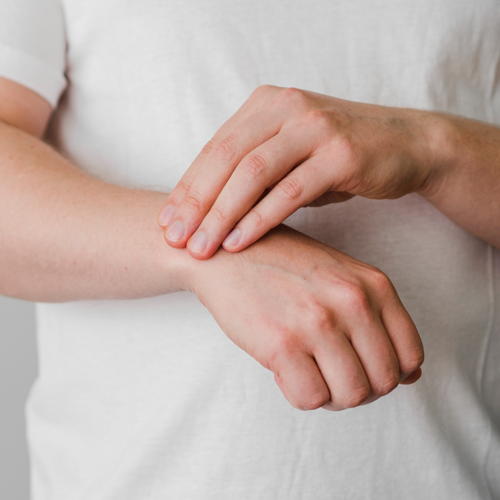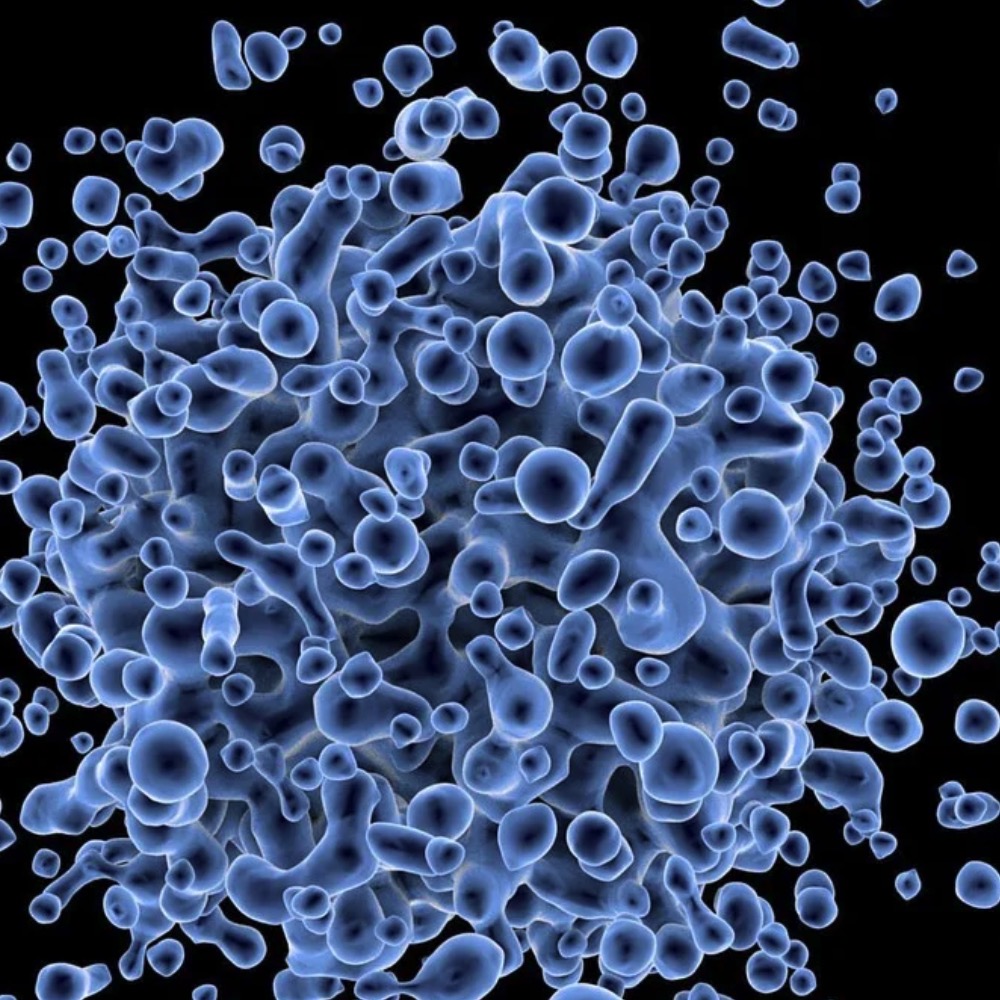Original Articles
9 September 2016
Vol. 68 No. 2 (2016)
Spine and sacroiliac joints on magnetic resonance imaging in patients with early axial spondyloarthritis: prevalence of lesions and association with clinical and disease activity indices from the Italian group of the SPACE study

Publisher's note
All claims expressed in this article are solely those of the authors and do not necessarily represent those of their affiliated organizations, or those of the publisher, the editors and the reviewers. Any product that may be evaluated in this article or claim that may be made by its manufacturer is not guaranteed or endorsed by the publisher.
All claims expressed in this article are solely those of the authors and do not necessarily represent those of their affiliated organizations, or those of the publisher, the editors and the reviewers. Any product that may be evaluated in this article or claim that may be made by its manufacturer is not guaranteed or endorsed by the publisher.
2883
Views
1777
Downloads
Authors
Rheumatology Unit, Department of Medicine, University of Padova, Italy.
Rheumatology Unit, Department of Medicine, University of Padova, Italy.
Rheumatology Unit, Department of Medicine, University of Padova, Italy.
Radiology Unit, University of Padova, Italy.
Radiology Unit, University of Padova, Italy.
Rheumatology Unit, Department of Medicine, University of Padova, Italy.
Rheumatology Unit, Department of Medicine, University of Padova, Italy.
Rheumatology Unit, Department of Medicine, University of Padova, Italy.
M. Lorenzin, Rheumatology Unit, Department of Medicine, University of Padova
Rheumatologist, MD
A. Ortolan, Rheumatology Unit, Department of Medicine, University of Padova
Rheumatologist, MD
P. Frallonardo, Rheumatology Unit, Department of Medicine, University of Padova
Rheumatologist, MD
S. Vio, Radiology Unit, University of Padova
Radiologist, MD
C. Lacognata, Radiology Unit, University of Padova
Radiologist,MD PhD
F. Oliviero, Rheumatology Unit, Department of Medicine, University of Padova
Researcher PhD
L. Punzi, Rheumatology Unit, Department of Medicine, University of Padova
Rheumatologist, MD PhD
R. Ramonda, Rheumatology Unit, Department of Medicine, University of Padova
Rheumatologist, MD PhD
How to Cite
Spine and sacroiliac joints on magnetic resonance imaging in patients with early axial spondyloarthritis: prevalence of lesions and association with clinical and disease activity indices from the Italian group of the SPACE study. (2016). Reumatismo, 68(2), 72-82. https://doi.org/10.4081/reumatismo.2016.885
PAGEPress has chosen to apply the Creative Commons Attribution NonCommercial 4.0 International License (CC BY-NC 4.0) to all manuscripts to be published.











